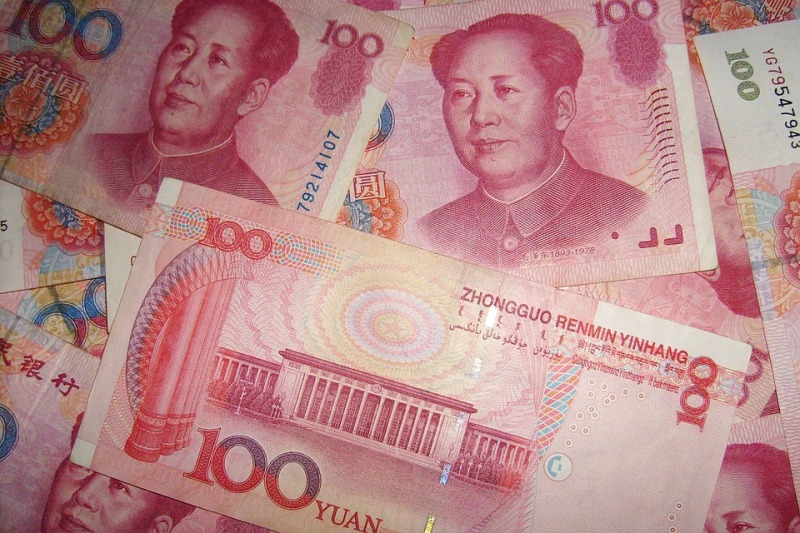
A group of top Chinese government advisors has submitted a proposal for a regional digital currency backed by four fiats – Chinese yuan, Hong Kong dollar, Japanese yen, and Korean won.
The proposal was made by Neil Shen, founding and managing partner of Sequoia China and a member of China’s upper house, and co-signed by nine other advisors who are also the members of the upper house.
The purpose of the digital currency is to facilitate trade finances between the countries amid the economic impact of the COVID-19 outbreak. Usage of digital currency for cross border payments can significantly improve settlement and clearing process.
Per the submitted proposal, the People’s Bank of China (PBoC) would lead the development effort and the fiat of each country would have specific weights based on their economic size, following the special drawing rights (SDR) model of the International Monetary Fund (IMF).
It also suggested the creation of a sandbox and a key role of Hong Kong to scale up the process.
Both the Hong Kong Monetary Authority and PBoC will be responsible to prepare a framework and regulate the cross-border transactions.
Notably, the bill did not categorize the proposed digital currency as crypto or explicitly mentioned the usage of blockchain, but one included the term “stablecoin.”
China is dominating the digital currency arena
Meanwhile, China has already finished the development of its central bank digital currency (CBDC) and started its pilot in specific metropolitans.
China’s progress and also the push of private players like Facebook have made the development of the digital version of fiats a priority.
Other monetary regulators across the world are also looking deeply into the prospect of digital currency and many have already initiated trials.
Most recently, the French central bank completed a trial of digital euro, while its Dutch counterpart wants to lead Europe in digital currency development.
(Photo: pixabay)

